
“How do you creatively and truthfully portray a significant person, group, place, idea, or issue in the community?”
The Documentary was another huge unit, this time focusing on narrative style journalism. In this unit, we were challenged to portray a significant person, place, group, or issue. The issue I chose to work on was mental health, a vague but prevalent problem that’s magnified in recent years. We gathered many primary and secondary research sources to work on this documentary, including several interviewees and news articles. I created a filmed documentary in our elective classes, and while mainstream documentaries are generally films like this one, I also constructed a written documentary in our english class. My written documentary served as a template and copy for the magazine article created in Digital Media.
I valued many things from this project, most especially the time all of the interviewees gave me not only to be sat down and interviewed, but also to send photos and videos we could use in our film. I also value the learning aspect of this project; diving so deep into such a topic has been an important experience.
Introduction
Below is an introduction video, or trailer, for my documentary. It was created in Adobe After Effects, using audio and video taken from the complete documentary. After Effects is similar to Premiere Pro, although there were certain tools that were easier to use, and others that were harder. Making the video took a couple hours of fiddling, and a lot of small changes. There is also a screenshot of what the interface and editing process looked like under the video.
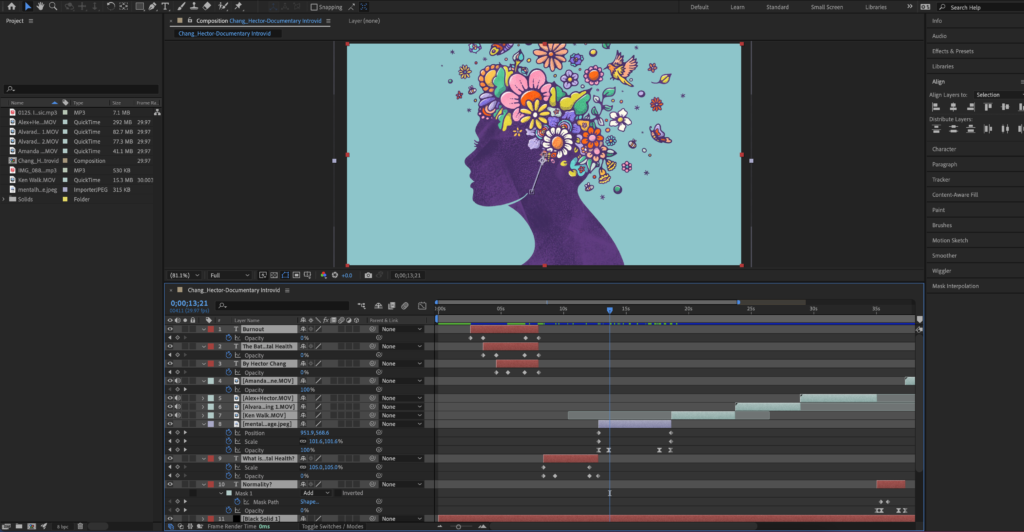
The Interviewees
Getting the interviews done turned out to be a more troublesome task than we thought it would be, with all of our scheduling and set up work that we had to do. It all worked out in the end, and once again, I am very grateful to the people who were willing to give us their time and delve so deep into such personal experiences.
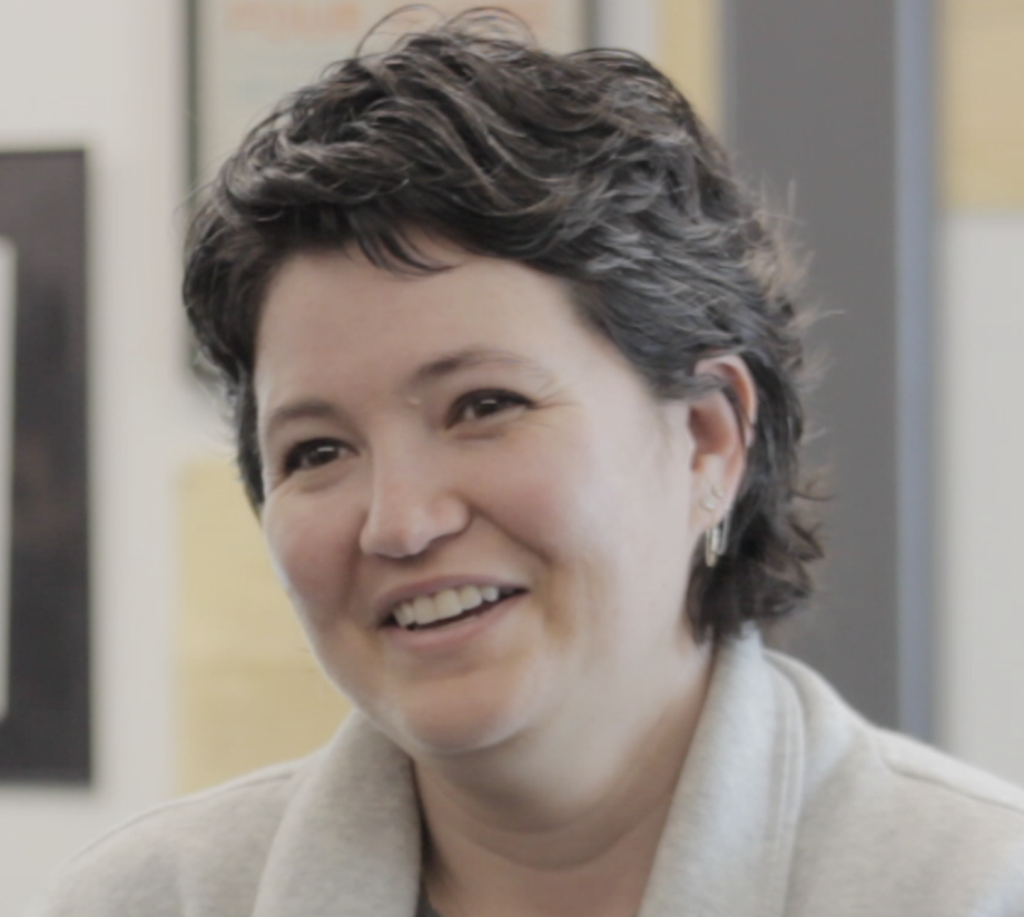
Sarah Alvarado(left) is an AP US History teacher at Los Altos High School, and also the SCL Health coordinator. She is a wonderful teacher that is beloved by many students.
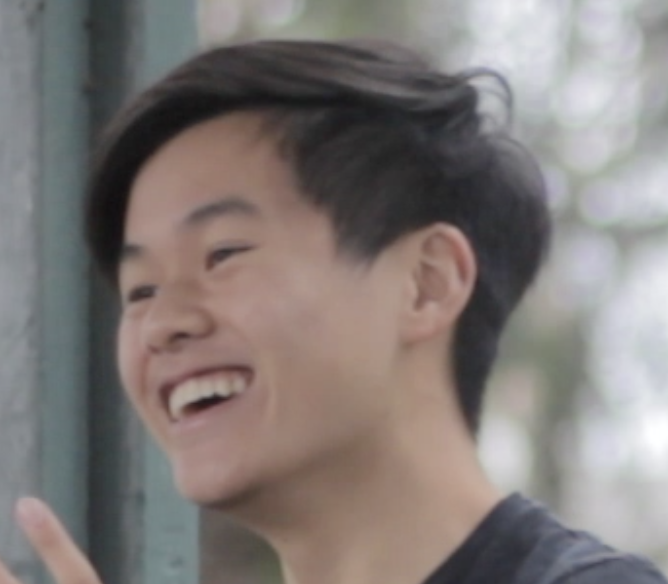
Alex Lynn(right) is a current 11th grader Junior that attends Los Altos High School. He moved to California from Pennsylvania during COVID 2020, and has been able to make amazing new friends and experiences here.

John Doe(left) is a patent technologist, and he is currently 52 years old. He is an amazingly positive and funny person, and has many hobbies. He is the father of two kids.

Amanda Jernigan(right) is a current 11th grade Junior who attends Mountain View High School. She always loves to laugh, and is very fond of her friends and her cat.
Film – Visual Storytelling
Mockumentary
Before we made the actual documentary, we were tasked to create a “Mockumentary” – Mock Documentary – to practice our skills first. This project was made with all five of my other classmates, in which all of us are featured as interviewees in the film. The movie is called “Monkey Man”, following the spooky story of a primate, and its interactions with normal people. It seems that all it causes is harm, and is constantly seen harassing innocent civilians. But maybe it’s not what it seems?
Documentary
Finally, the real documentary. This was a collaborative production between my partner, Sky Gommeren, and I. This documentary wouldn’t have been what it is now without our mutual efforts.
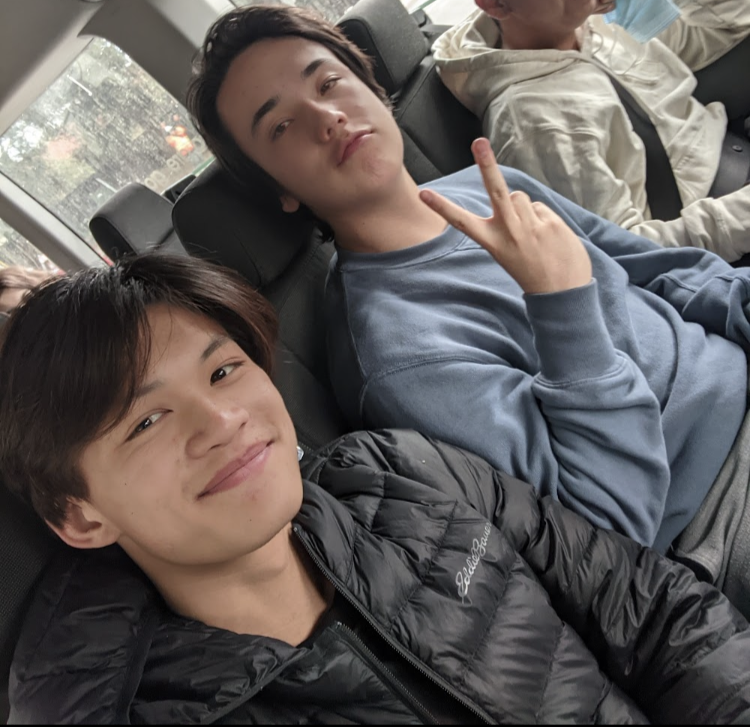
Sky and I have worked together on projects before, but the documentary was unlike any other project we had created in Film class before. Of course, some of the most important film fundamentals still remain, including camera focus, strong composition, and good lighting. The main difference lies in the fact that documentaries, as stated in the introduction, tell a powerful story of a significant idea. Mental health is such a wide topic; there are so many aspects to it and many unsolved problems. All of our interviewees shared their opinions and compelling personal experiences.
Editing the documentary altogether was a long and tedious process, as there had to be a lot of meticulous decision making on which answers to use, which angle, which cut to make, and more. Of course, our interviews were longer, but to make the film more concise lots of footage had to be cut out. Composing the clips together to make a flowing and entertaining documentary was a challenge. We color coded the clips of our different interviewees, and bunched all our videos and pictures into separate folders. Here is a picture of the Premiere Pro editing process below.
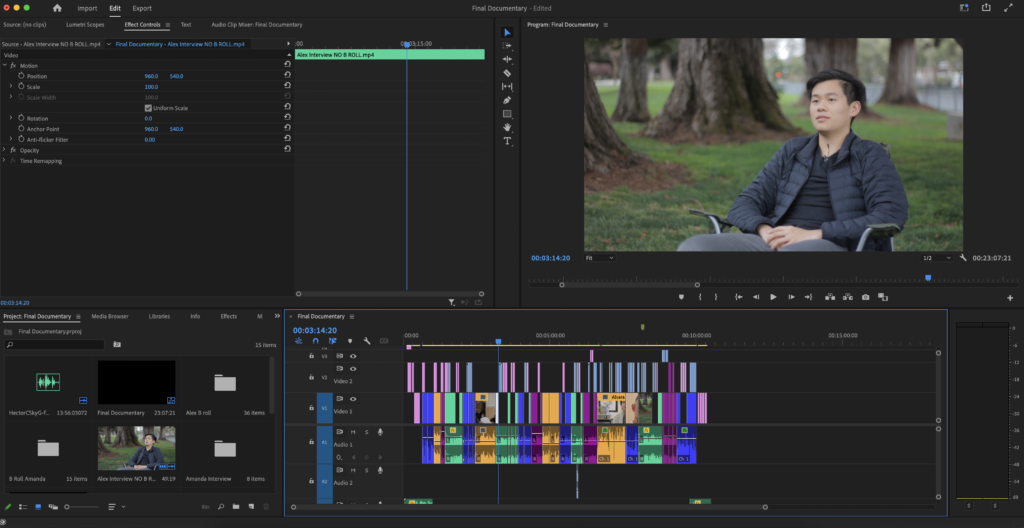
English – Writing the Story
In English class, our journal-style article could be considered the written version of the video documentary. This was actually the first step taken in the Documentary unit. I learned specific steps on how to write an article, which is different from an essay or a book report. Additionally, the paper I finished in English was used and turned into a magazine version, featuring pictures and designs that gave the article more visual appeal. Below are the links to the article written in English, and then the magazine article created in Adobe InDesign.
